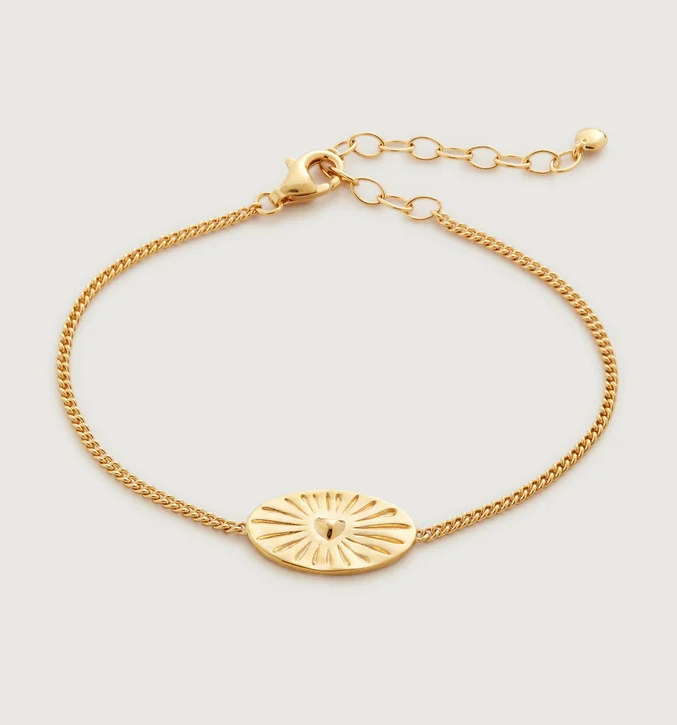Understanding Direct Casting Jewelry Samples: Pricing, Process, and Production Optimization
Table of Contents
- Introduction
- What is Direct Casting (Direct Injection) for Jewelry Samples?
- Why Are Direct Casting Samples More Expensive Than Molded Samples?
- Cost Breakdown: Direct Casting vs. Traditional Mold-Making
- When to Choose Direct Casting vs. Traditional Mold Production
- Optimizing the Process: Best Practices for Cost Efficiency
- Case Studies: Real-World Applications
- Conclusion: Making the Right Choice for Your Production Needs
1. Introduction
In jewelry manufacturing, producing prototypes (samples) is a crucial step before mass production. Two primary methods exist:
- Direct Casting (Direct Injection / “Direct Print”) – Fast but expensive, ideal for initial prototypes.
- Traditional Mold-Making – More cost-effective for bulk production but slower initially.
This article explores why direct casting samples are pricier, how to choose the best method, and strategies to reduce costs without sacrificing quality.
2. What is Direct Casting (Direct Injection) for Jewelry Samples?
Direct casting involves:
- 3D Modeling – A digital design is created using CAD software.
- Wax Printing (SLA/DLP/Lost-Wax Casting) – A high-precision 3D printer produces a wax model.
- Investment Casting – The wax model is encased in plaster, melted away, and replaced with molten metal.
Key Characteristics:
✔ Fast turnaround (3-7 days for a sample)
✔ No mold required (suitable for one-off prototypes)
✔ High precision (ideal for intricate designs)
✖ High per-unit cost (not economical for bulk production)
3. Why Are Direct Casting Samples More Expensive Than Molded Samples?
A. No Economies of Scale
- Direct casting produces one piece at a time; each new sample requires a new wax print.
- Traditional molding allows mass replication after the initial mold is made.
B. Labor & Equipment Costs
- 3D wax printing is a high-tech process requiring expensive machines and skilled operators.
- Mold-making spreads costs across thousands of units.
C. Material Waste
- Direct casting uses more metal per gram due to inefficiencies in small-batch casting.
- Molded production optimizes material usage.
D. Additional Finishing Work
- Direct cast samples often require extra polishing and adjustments since they are not mass-optimized.
- Molded pieces are more uniform, reducing post-processing labor.
4. Cost Breakdown: Direct Casting vs. Traditional Mold-Making
| Factor | Direct Casting | Traditional Mold-Making |
|---|---|---|
| Setup Cost | Low (no mold) | High (mold fabrication) |
| Per-Unit Cost | High ( 50−200) |
Low ( 5−20 after mold) |
| Lead Time | 3-7 days | 2-4 weeks (mold creation) |
| Best For | Prototypes, 1-5 pcs | Mass production (100+ pcs) |
Example:
- A direct cast ring sample may cost $150.
- The same ring, once molded, could cost $15 per unit in bulk.
5. When to Choose Direct Casting vs. Traditional Mold Production
✔ Choose Direct Casting If:
- You need a single prototype quickly (e.g., for client approval).
- The design is still being refined (avoids costly mold changes later).
- The piece has complex geometry (e.g., intricate engravings).
✔ Choose Traditional Mold-Making If:
- You are preparing for bulk production (100+ units).
- The design is finalized (no further modifications needed).
- You want lower per-unit costs for long-term sales.
Hybrid Approach (Best for Cost Efficiency)
- Use direct casting for the first sample (verify design).
- If no stones or complex adjustments are needed, use the sample to create a silicone mold for small batches.
- For mass production, invest in a steel mold (most cost-effective long-term).
6. Optimizing the Process: Best Practices for Cost Efficiency
A. Finalize the 3D Model Before Production
- Avoid post-casting modifications (reworking increases costs).
- Ensure gemstone settings, engravings, and structural integrity are perfect in CAD.
B. Use Direct Cast Samples for Mold-Making (When Possible)
- If the sample has no stones or delicate parts, it can be directly used to make a mold.
- If additional adjustments are needed, a new master model must be made.
C. Consider Alternative Prototyping Methods
- Resin 3D Printing (cheaper than wax, but less precise).
- Rubber Molding for Small Batches (good for 10-50 pieces before committing to steel molds).
7. Case Studies: Real-World Applications
Case 1: A High-End Engagement Ring Brand
- Process: Direct casting for client approval → Custom mold for production.
- Result: Ensured perfection before bulk orders, minimizing wasted materials.
Case 2: A Fashion Jewelry Startup
- Mistake: Used direct casting for 50 units (too expensive).
- Solution: Switched to rubber molding after the first sample, cutting costs by 60%.
Case 3: A Custom Signet Ring Designer
- Challenge: Needed intricate engravings.
- Solution: Direct casting for prototypes → Steel mold after final approval.
8. Conclusion: Making the Right Choice for Your Production Needs
Key Takeaways:
- Direct casting is fast but expensive – Best for prototypes and design verification.
- Traditional molding is cheaper in bulk – Ideal for confirmed designs.
- Optimize costs by finalizing 3D models early – Reduces rework expenses.
- Hybrid approaches save money – Use direct casting first, then switch to molding.
Final Recommendation:
- For designers & small brands: Start with direct casting, then transition to molding.
- For mass producers: Invest in high-quality steel molds for long-term savings.
By understanding these principles, jewelry makers can balance speed, cost, and quality in their production process.
